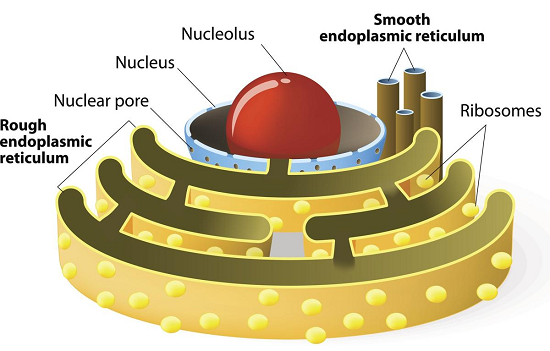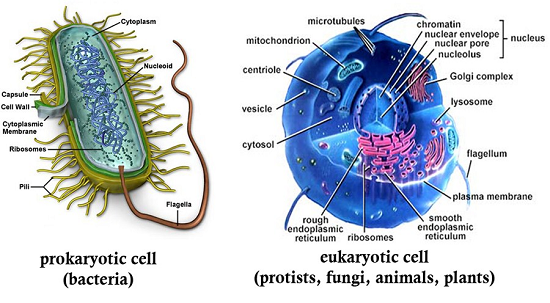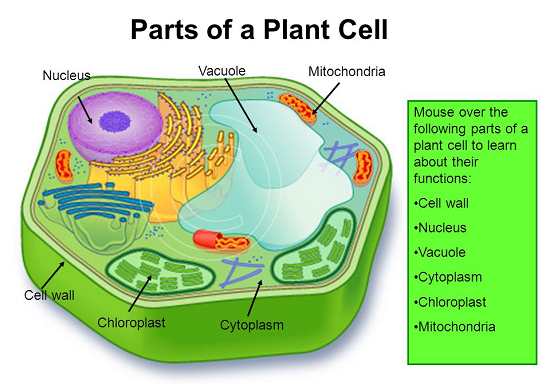Updated By: LatestGKGS Desk
Biology: Endoplasmic Reticulam structure and its function

Biology: Endoplasmic Reticulam structure, types and its function in cells
Electron microscopic studies of eukaryotic cells reveal the presence of a network or reticulum of tiny tubular structures scattered in the cytoplasm is called endoplasmic reticulum. Endoplasmic Reticulum divides the intracellular space into two separate compartments, i.e., luminal ( inside ER ) and extraluminal ( cytoplasm compartments ). Endoplasmic reticulum develops more in young cells and concentrated around the nucleus extending up to plasma membrane. On the basis of morphology, endoplasmic reticulum is composed of 3 type of structures as follows:
- Cisternae: These are long, flat unbranched sacs running parallel to each other.
- Vesicles: These are oval structures.
- Tubules: These form a net-like structure.
Endoplasmic reticulum often shows the ribosomes associated with its outer surface. The endoplasmic reticulum bearing ribosomes on their surface is called rough endoplasmic reticulum. In absence of ribosomes, they appear smooth and they are called smooth endoplasmic reticulum.
The smooth endoplasmic reticulum is the main site for synthesis of lipids. In animal cells, lipid-like steroidal hormones are synthesized in SER.


